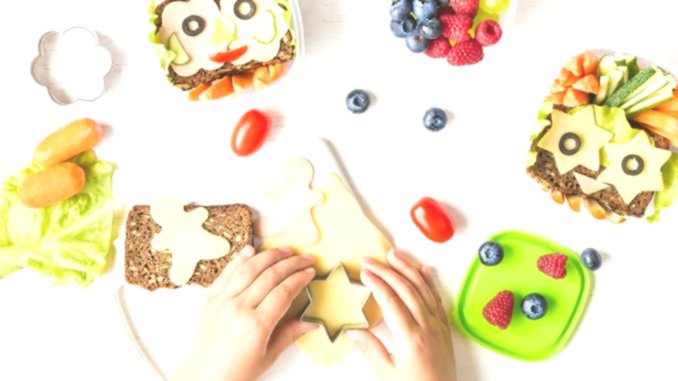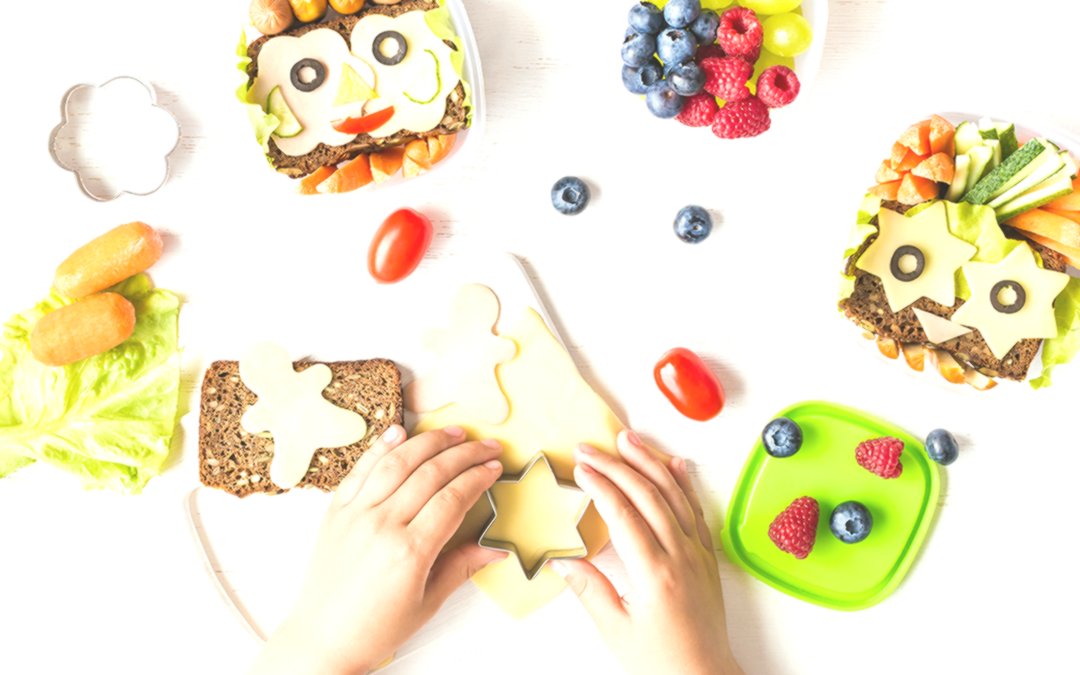

There are many side effects derived from chemotherapy that affect the patient’s diet: sores in the mouth, nausea, constipation, loss of appetite and taste … In the case of children with cancer, these negative effects also affect , in its development and growth in a quite severe way; often causing malnutrition and other disorders.
One of the research projects that we have supported from the Spanish Association Against Cancer seeks, precisely, to improve the diet of children who are undergoing treatment . How? Using more attractive formats, such as striking containers and trays, to influence children’s perception and encourage them to eat more and better.
Chemotherapy and infant feeding
The research led by Dr. Jordi Navarra , in which different innovative strategies have been used in gastronomy, design and psychology of perception, has had a pilot experience at the Hospital San Joan de Déu in Barcelona. He himself tells us the interesting results obtained on the importance of taking care of the presentation of food in children receiving chemotherapy.
How do you rate this pilot experience and what results have been obtained?
The project has lasted three years and the results are quite positive. Specifically, we saw that the children who ate from a tray with a more attractive presentation, improved, among other things, the mood when facing the moment of food (a negative moment, in most cases). cases, considering the negative effects of chemotherapy). And, most importantly, they increased their caloric intake and the total weight of food consumed daily. This was achieved by including covers that favored “do it yourself”, fast food cardboard elements , games that they could play with their companions (for example, origami to do with part of the paper on the tray).
Is there a plan to extend it to more hospitals?
At the moment, we could say that the study has represented an “advance party” in this field. For us, the ideal would be to introduce some improvements in the interventions we carry out and retest them in a larger population group. Our idea is also to take you to the field of adult cancer. In this case, we intend to use more subtle strategies than those used in children (for example, culinary, playing with textures, flavors …) to increase caloric intake in the healthiest way possible.
How has the Spanish Association Against Cancer helped in the development of the project?
Thanks to the call for Singular Projects of the AECC, it was possible to develop a proposal like ours, which falls outside the scope of oncology, the development of therapies, etc. The AECC is currently making great efforts to make the results of our study known, encouraging awareness of the importance of nutrition during chemotherapy treatments. Also so that certain psychological aspects derived from the terrible impact that this treatment supposes when maintaining a good diet are taken into account.
How did you conclude that more attractive presentation formats were motivating for children?
The impact of our intervention, which included, among other things, food presentations inspired by fast food , was measured both objectively (for example, in terms of caloric intake and weight of food consumed) and subjectively and psychologically. For this, a psychological scale was used (the SAM questionnaire; from English, Self-Assessment Manikin) in the children who participated in the study to assess their emotional states at mealtime. This questionnaire was chosen among many others because it is extremely simple and allows us to have a rough idea of, among other things, whether the girl or boy is more or less happy at the time of eating, regardless of their age. You have to think that the age range of the children who participated in the study was quite large.
How does an adequate diet help to cope with chemotherapy?
We hope that the results of work like ours (and others like it) will help health institutions to take into account the special needs of people who receive chemotherapy at mealtime. The side effects of chemotherapy can end up causing malnutrition, due to the fact that eating becomes very difficult, in many cases. Sometimes the opposite effect is also observed (obesity). The latter can occur, for example, when healthy eating habits are neglected. Interventions like ours could help reduce these negative effects of chemotherapy, making it more bearable.
Could it be an applicable model for instilling healthy lifestyle habits, for example in schools?
Completely. In fact, it seems like a good idea. Many of the problems that girls and boys have at mealtime are due to their format and presentation. For example, encouraging them to mix, as they please, the foods they want (and not having one or two unique dishes imposed on them) can help to discard less food due to “mania” for one or more ingredients. Sometimes simplicity helps. Preparing healthy foods and presenting them in a simple and attractive way is not only possible, it is cheap and sustainable. For example, the presentation of all or part of the food in cardboard or recycled paper format (which is liked, by the way, not only for children, but also for adults), inspired by certain fast food establishments , reduces the use of plastic.